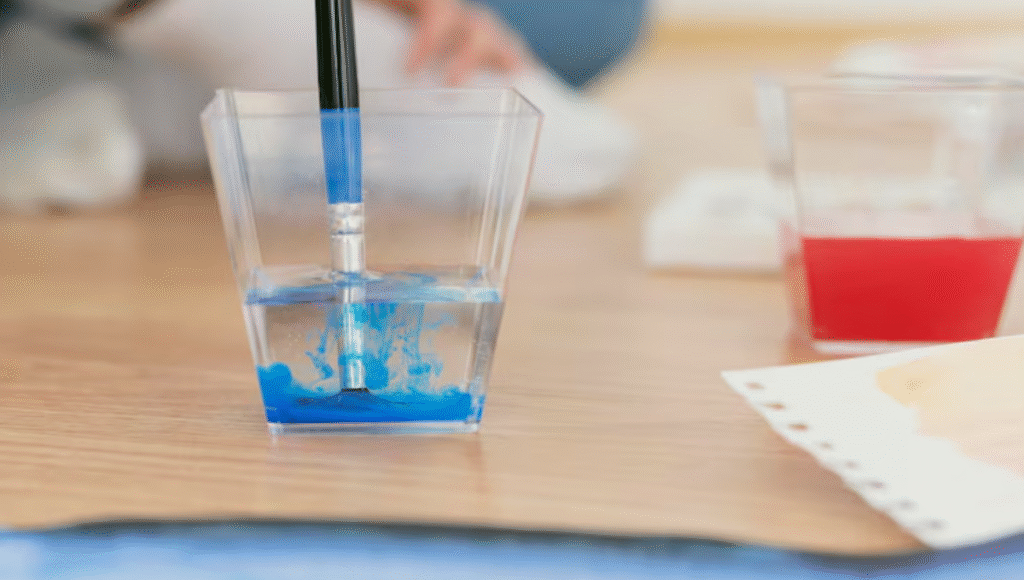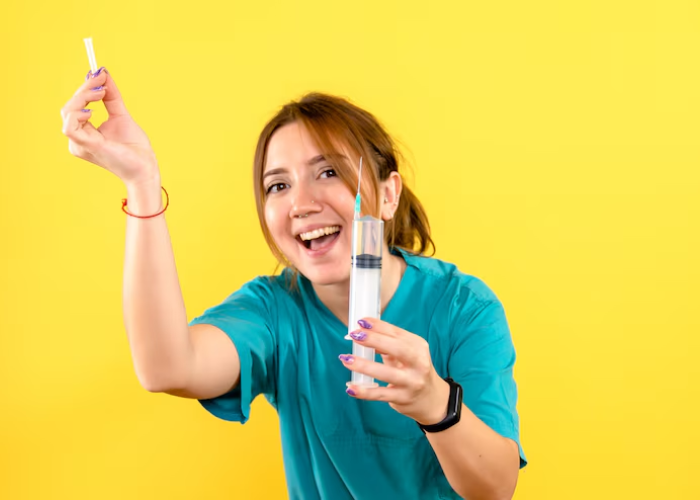
A TDS water tester is a compact, user-friendly device that measures Total Dissolved Solids (TDS) in water, providing critical insights into water quality. Whether you’re a homeowner, aquarium enthusiast, or health-conscious individual in the USA, understanding TDS levels can help ensure safe drinking water, protect aquatic life, or optimize hydroponic systems. This article explores what a TDS water tester is, how it works, why it matters, and how to use it effectively, with practical tips, statistics, and examples to guide you.
Must Read: Ceylan Eye Cream Reviews: Is It Worth the Hype?
What Is a TDS Water Tester?
A TDS water tester is a handheld tool that measures the concentration of dissolved solids—such as minerals, salts, and metals—in water. Expressed in parts per million (ppm), TDS levels indicate water purity. High TDS levels may suggest contaminants, while low levels could indicate overly purified water lacking essential minerals. These devices are widely used in homes, laboratories, and industries across the USA to monitor water quality for drinking, aquariums, pools, and more.

According to the Environmental Protection Agency (EPA), acceptable TDS levels for drinking water typically range from 50 to 150 ppm, though levels up to 500 ppm are generally safe. A TDS water tester helps you determine if your water falls within these safe ranges, empowering you to make informed decisions about water treatment.
Why Use a TDS Water Tester?
Water quality is a growing concern in the USA, with 63 million Americans exposed to unsafe drinking water at least once between 2007 and 2017, per a study by the Environmental Working Group. A TDS water tester provides a quick, affordable way to assess water quality without needing expensive lab tests. Here are key reasons to use one:
- Health and Safety: High TDS levels can indicate contaminants like lead or nitrates, which pose health risks. Regular testing ensures your drinking water is safe.
- Aquariums and Hydroponics: Fish and plants thrive in specific TDS ranges. For example, freshwater aquariums typically require 100-400 ppm, while hydroponic systems may need 800-1,000 ppm.
- Appliance Longevity: High TDS water can cause scaling in appliances like coffee makers and water heaters, reducing their lifespan. Testing helps you decide if filtration is needed.
- Taste and Aesthetics: Water with high TDS may taste metallic or salty, affecting drinking and cooking experiences.
How Does a TDS Water Tester Work?
A TDS water tester measures the electrical conductivity (EC) of water, as dissolved solids increase water’s ability to conduct electricity. The device converts this conductivity into a TDS reading, typically displayed in ppm. Most testers are digital, battery-operated, and feature a probe that you dip into a water sample. Calibration is often required for accuracy, using a standard solution provided by the manufacturer.
For example, the HM Digital TDS-3 tester, popular in the USA, offers readings within seconds and is accurate to ±2%. Users dip the probe into water, and the device displays the TDS level, making it simple for beginners and professionals alike.
Choosing the Right TDS Water Tester
With numerous TDS water testers available, selecting the right one depends on your needs. Here are tips to guide your choice:
- Accuracy and Calibration: Look for testers with ±1-2% accuracy and easy calibration options. Brands like HM Digital and HoneForest are trusted in the USA.
- Range and Features: Ensure the tester covers the TDS range you need (e.g., 0-9990 ppm for broad applications). Some models include temperature readings or automatic temperature compensation (ATC).
- Ease of Use: Choose a user-friendly device with a clear display and simple controls, especially for home use.
- Durability and Portability: Opt for a compact, water-resistant tester if you plan to use it in multiple settings, like home and fieldwork.
- Price vs. Quality: Basic testers cost $10-$20, while advanced models with additional features may range from $30-$100. Balance cost with reliability.
For instance, a USA-based aquarium hobbyist might choose the Apera Instruments TDS20, which offers high accuracy and a waterproof design, ideal for testing tank water.

How to Use a TDS Water Tester Effectively
Using a TDS water tester is straightforward, but proper technique ensures accurate results. Follow these steps:
- Calibrate the Device: Before first use, calibrate your tester using the provided solution (e.g., 342 ppm NaCl). Recalibrate periodically as recommended.
- Prepare the Sample: Collect water in a clean container. For drinking water, let the tap run for 10 seconds to clear stagnant water.
- Test the Water: Dip the tester’s probe into the water, ensuring it’s fully submerged. Wait for the reading to stabilize (usually 5-10 seconds).
- Record and Interpret: Note the TDS reading. Compare it to standards (e.g., EPA’s 500 ppm limit for drinking water). High readings may require filtration, such as reverse osmosis.
- Clean and Store: Rinse the probe with distilled water after use and store it in a protective case.
Pro Tip: Test multiple samples from the same source to confirm consistency, as TDS levels can vary slightly due to temperature or sediment.
Real-World Examples of TDS Water Tester Use
- Home Drinking Water: A family in Flint, Michigan, used a TDS water tester to monitor tap water after the 2014-2015 water crisis. Readings above 600 ppm prompted them to install a reverse osmosis system, reducing TDS to 100 ppm.
- Aquarium Maintenance: A hobbyist in California used a TDS water tester to maintain 200 ppm for a freshwater tank, ensuring optimal conditions for tropical fish.
- Hydroponics: A Colorado hydroponic farmer tested nutrient solutions, adjusting TDS to 900 ppm to boost crop growth.
Statistics on Water Quality in the USA
- Contamination Concerns: A 2020 report by the Natural Resources Defense Council found that 19% of US drinking water systems violated safety standards, highlighting the need for tools like TDS water testers.
- Filtration Trends: According to Statista, 54% of US households used water filtration systems in 2023, with many relying on TDS testers to assess filter performance.
- Aquarium Industry: The American Pet Products Association reported that 11.8 million US households own fish, driving demand for TDS water testers to maintain tank health.
Common Misconceptions About TDS Water Testers
- TDS Equals Contamination: High TDS doesn’t always mean unsafe water; it may reflect harmless minerals like calcium. Test for specific contaminants if TDS is high.
- All Testers Are Equal: Low-cost testers may lack accuracy or durability. Invest in a reputable brand for reliable results.
- One Test Is Enough: TDS levels can fluctuate. Regular testing (e.g., weekly for aquariums) ensures consistent water quality.
Tips for Optimizing TDS Water Tester Results
- Test Regularly: Monitor TDS weekly for drinking water or aquariums to catch changes early.
- Understand Your Source: Well water often has higher TDS than municipal water. Compare your readings to local water quality reports.
- Combine with Other Tests: TDS testers don’t detect specific contaminants like bacteria. Use additional kits for comprehensive analysis.
- Maintain Your Tester: Replace batteries and recalibrate as needed to ensure accuracy.
- Consult Professionals: If TDS levels are consistently high, contact a water quality expert or local utility for guidance.

Call-to-Action
Ready to take control of your water quality? Invest in a reliable TDS water tester today to ensure safe drinking water, thriving aquariums, or optimal hydroponic systems. Visit trusted retailers like Amazon or consult a water quality specialist to find the best TDS water tester for your needs. Start testing now and enjoy peace of mind!
Frequently Asked Questions About TDS Water Testers
- What is a TDS water tester used for?
A TDS water tester measures the total dissolved solids in water, helping assess its quality for drinking, aquariums, pools, or hydroponics. It detects minerals, salts, and metals in ppm. - What is a safe TDS level for drinking water?
The EPA suggests TDS levels of 50-150 ppm for optimal drinking water, though up to 500 ppm is generally safe. Higher levels may require filtration. - Can a TDS water tester detect specific contaminants?
No, TDS testers measure overall dissolved solids, not specific contaminants like lead or bacteria. Use specialized tests for detailed analysis. - How often should I calibrate my TDS water tester?
Calibrate before first use and every 1-3 months, depending on usage and manufacturer guidelines, to ensure accurate readings. - Are TDS water testers worth the investment?
Yes, TDS testers are affordable (starting at $10) and provide valuable insights into water quality, protecting health and equipment.
